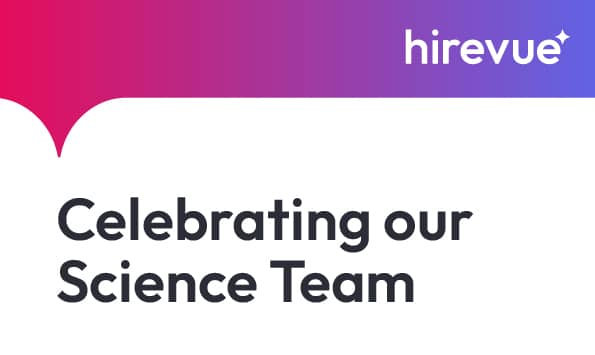Blog

When fast means flawed: The case against chasing short assessments
Dr. Chris Frost and Dr. Carter Gibson
Read Blog
Breaking down “the plus” in Skills+ and going beyond buzzwords

Video is the medium. Science is the advantage: Why Hirevue’s Teams integration matters

How financial services hiring teams can elevate candidate and brand experience

Celebrating our Science Team: Five new chapters, one shared commitment to ethical innovation

Expanding our global commitment to neuroinclusion: Hirevue partners with Aspect

In the finance industry impact starts with hiring the right person

The new hiring reality: Skills, integrity, AI, and early talent

Campus hiring: modern strategies for 2026

Building a better future: insights from Keurig Dr Pepper
